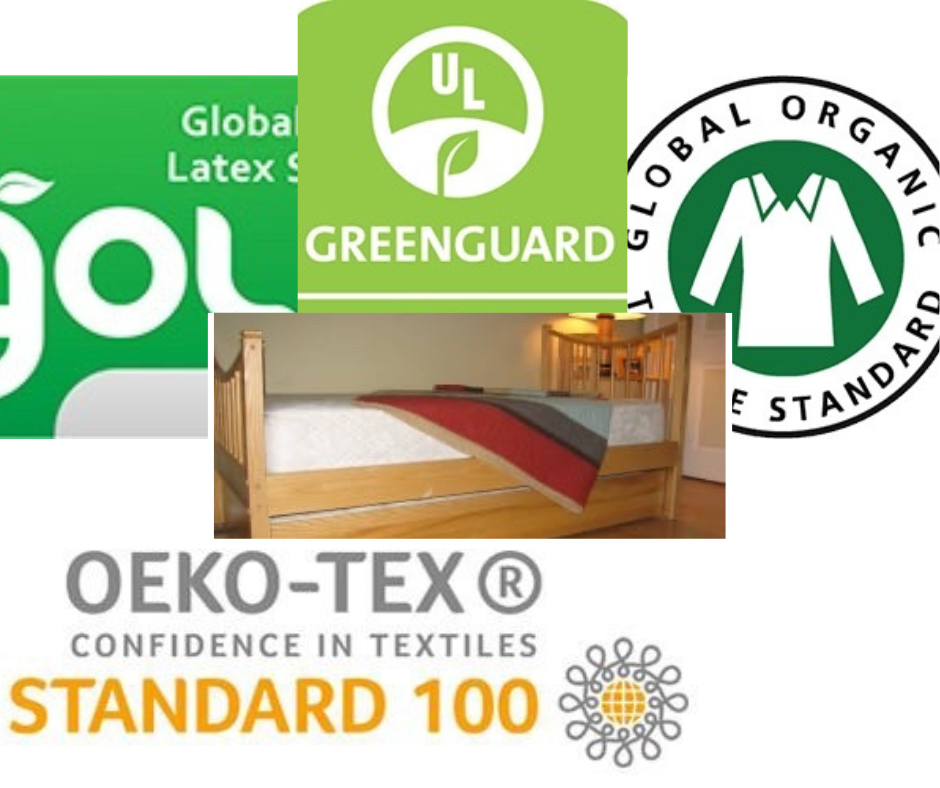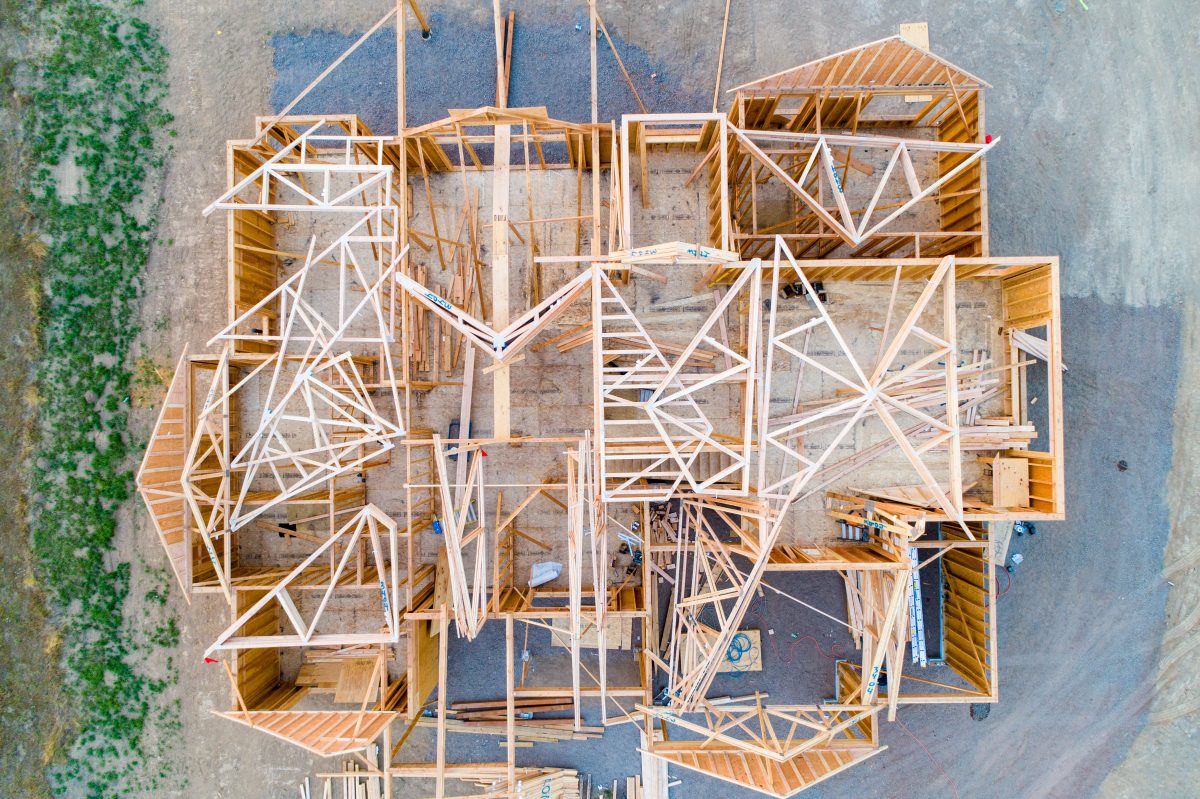
Featured Stories
29 May Can It Be Clean?
13 May Does Your Realtor Respect Your Healthy-Home Questions?
“Green” real estate is a vague term. It is used increasingly these days to refer to multiple situations.
One of those is new construction being built to meet Leadership in Energy and Environmental Design (LEED) or another “green” certification.
But a home doesn’t have to be new or certified to be energy-efficient or have indoor-air friendly flooring, cabinetry, finishes and furnishings. And studies show that today’s homebuyers are increasingly interested in the health benefits and long-term cost savings of finding a home that is -- or has the potential to be -- people- and planet- friendly.
15 Feb Dining Chairs Don’t Have to Match Table
 Elissa’s friends had some questions when she showed them the inspiration photo she had chosen for her dining room makeover. They included: “You’re doing wallpaper, seriously?” And, “You do realize that those chairs don’t go with that table, right?”
Clearly, she recalls, her friends didn’t realize that wallpaper is back! And who says the chairs have to match the table? No designer we’ve ever heard of.
Her vision for the room was clear and there were some unchangeable requirements.
Elissa’s friends had some questions when she showed them the inspiration photo she had chosen for her dining room makeover. They included: “You’re doing wallpaper, seriously?” And, “You do realize that those chairs don’t go with that table, right?”
Clearly, she recalls, her friends didn’t realize that wallpaper is back! And who says the chairs have to match the table? No designer we’ve ever heard of.
Her vision for the room was clear and there were some unchangeable requirements.
29 May Is Your Retailer Ready for New Formaldehyde Rules?
National standard for composite wood products and products that contain them goes into effect June 1, 2018 Three years have passed since complaints erupted on 60 Minutes about excessive amounts of formaldehyde emitted by some laminate flooring products that were sold by Lumber Liquidators. 60 Minutes reported that some of these products did not comply with California Air Resources Board Phase II (CARB II) limits for formaldehyde, which only applied in the state of California. At the time, the Environmental Protection Agency (EPA) announced it was working on making CARB II limits a national standard that would close a gap in the existing rule: Instead of applying only to composite wood products, it also would regulate finished products that contain composite wood products.04 Apr Light at Night
Look for third-party certification and optimization programs to avoid blue light at the wrong time of day A walk down the light bulb aisle at your local big box store will raise more questions than it answers.
The point-of-purchase advertisements make a number of claims: “Natural Daylight,” “Sleep,” “White Light,” and more. But like a lot of advertising, it won’t raise the issue that lighting experts increasingly are trying to solve: Exposure to artificial light at nighttime has been shown to disrupt circadian rhythm, and has been associated with sleep disruption, cancer and other medical problems.
A walk down the light bulb aisle at your local big box store will raise more questions than it answers.
The point-of-purchase advertisements make a number of claims: “Natural Daylight,” “Sleep,” “White Light,” and more. But like a lot of advertising, it won’t raise the issue that lighting experts increasingly are trying to solve: Exposure to artificial light at nighttime has been shown to disrupt circadian rhythm, and has been associated with sleep disruption, cancer and other medical problems.
17 Aug Diary of a Healthier Home Reno
Couple chooses chemical-free carpet, dustless sanding and low-VOC finishes for 1960’s ranch makeover, and gets it all done between closing and move-in. The hardwood floor in the living room and front hall had been refinished. They were welcoming upon walking through the front door of the ranch home Pam and her husband, Jim, were buying in a Cincinnati neighborhood.
The spacious kitchen, with an older tile floor, also was inviting. But the great room, back hall and three bedrooms were covered with worn carpet and ready for an update.
Pam had a plan to pull it all together into a cohesive, flowing look. But like most people who contact the Natural Interiors® program, she had specific requirements: Any new carpet preferably would be made of natural fibers, and it would be free of stain-proofing chemicals. Any floor finishes or paint would be as low-VOC as possible for the application.
“I wanted help finding products and properly vetting them for chemicals of concern and hazardous air pollutants,” Pam said. “I wasn’t being a purist. I just wanted to take all reasonable steps to minimize possible toxins.”
The hardwood floor in the living room and front hall had been refinished. They were welcoming upon walking through the front door of the ranch home Pam and her husband, Jim, were buying in a Cincinnati neighborhood.
The spacious kitchen, with an older tile floor, also was inviting. But the great room, back hall and three bedrooms were covered with worn carpet and ready for an update.
Pam had a plan to pull it all together into a cohesive, flowing look. But like most people who contact the Natural Interiors® program, she had specific requirements: Any new carpet preferably would be made of natural fibers, and it would be free of stain-proofing chemicals. Any floor finishes or paint would be as low-VOC as possible for the application.
“I wanted help finding products and properly vetting them for chemicals of concern and hazardous air pollutants,” Pam said. “I wasn’t being a purist. I just wanted to take all reasonable steps to minimize possible toxins.”
30 Jul The Future Is Here
Green building practices and technology will magnify as the cornerstones of mainstream architectural and interior design It was difficult enough to explain the benefits of people- and planet-friendly flooring when I first got into the business years ago. Many flooring dealers I called on would hold back snickers and raise their eyebrows.
Had I also mentioned that some buildings would one day be one with nature, or constructed in weeks instead of months, I would have been laughed – and likely escorted – out of the room.
Today, a little more than a decade later, those who have not changed their mindsets know not to reveal their opinions in mixed company. Their hometown in Greater Cincinnati, OH., has become a national leader in green building and interior design, and home to some of the most experienced architectural and interior design minds in the country.
With help from several of them, I’ve put together this list of national trends that merit attention because they’re here to stay and will guide the future of architectural and interior design.
It was difficult enough to explain the benefits of people- and planet-friendly flooring when I first got into the business years ago. Many flooring dealers I called on would hold back snickers and raise their eyebrows.
Had I also mentioned that some buildings would one day be one with nature, or constructed in weeks instead of months, I would have been laughed – and likely escorted – out of the room.
Today, a little more than a decade later, those who have not changed their mindsets know not to reveal their opinions in mixed company. Their hometown in Greater Cincinnati, OH., has become a national leader in green building and interior design, and home to some of the most experienced architectural and interior design minds in the country.
With help from several of them, I’ve put together this list of national trends that merit attention because they’re here to stay and will guide the future of architectural and interior design.








